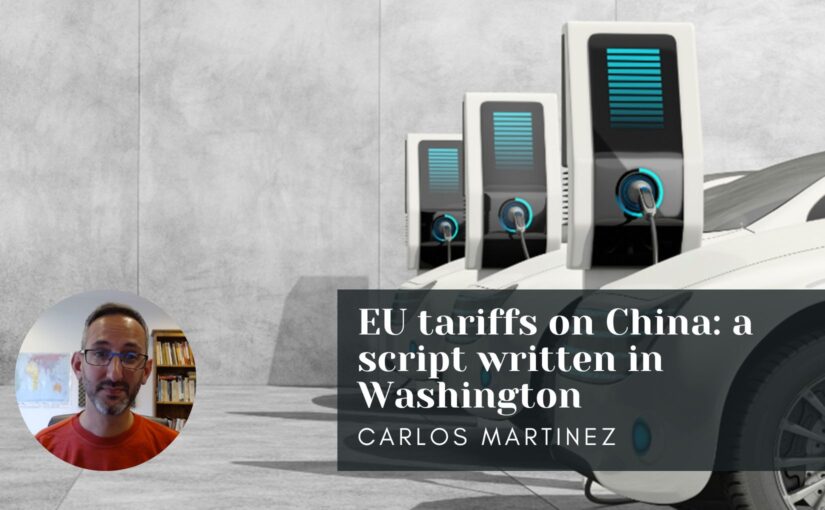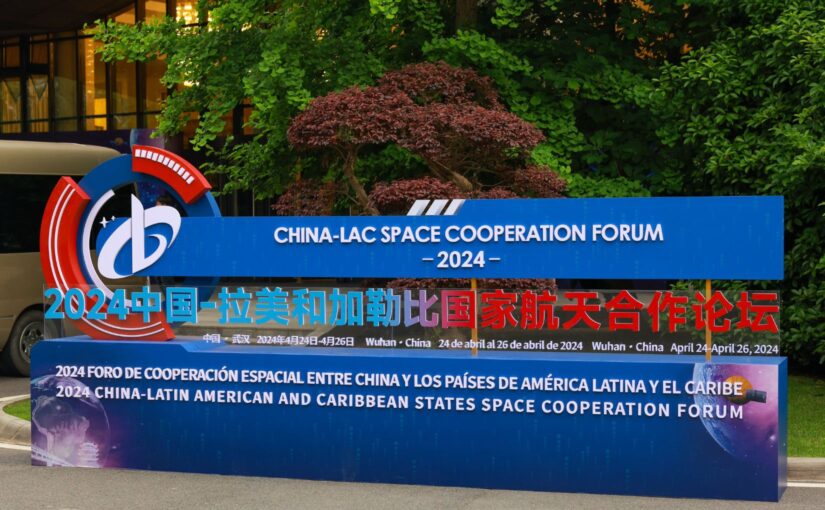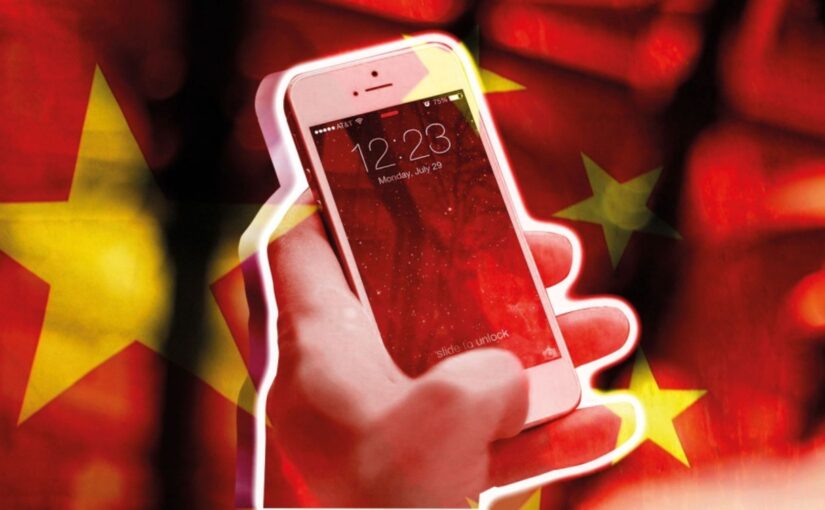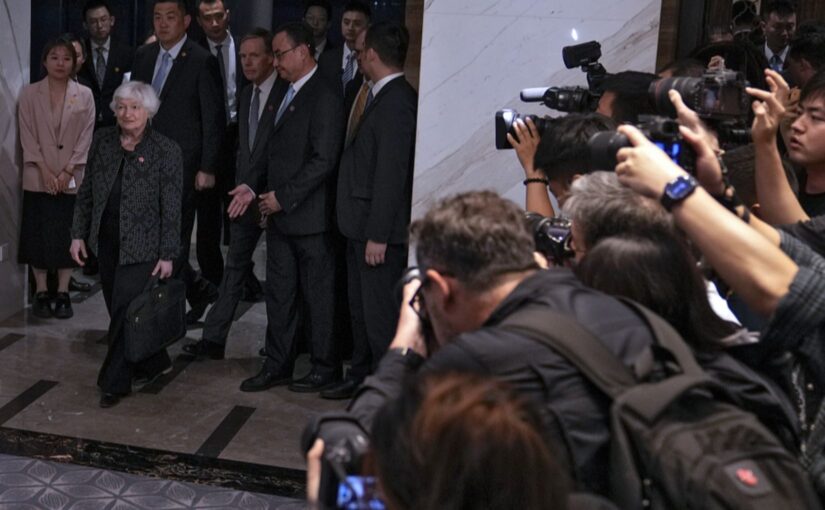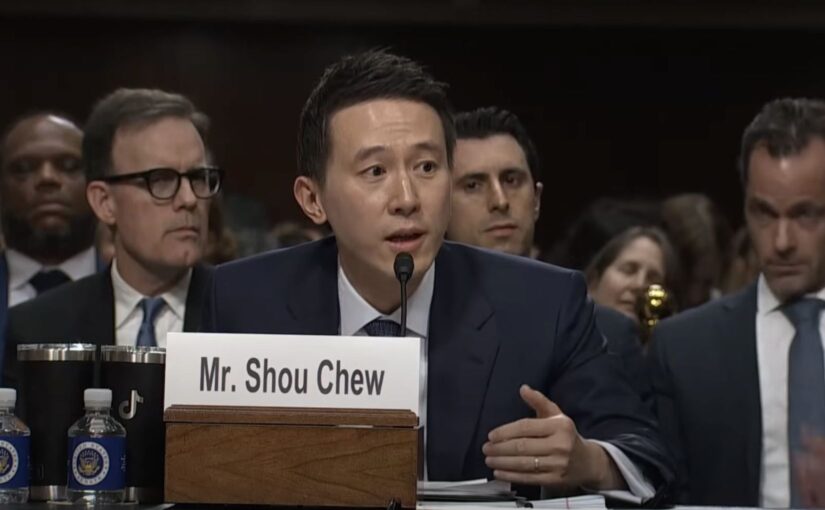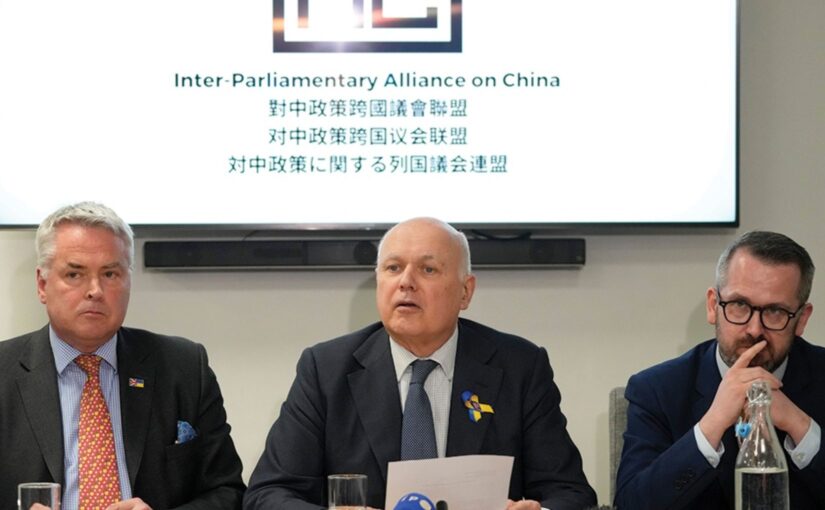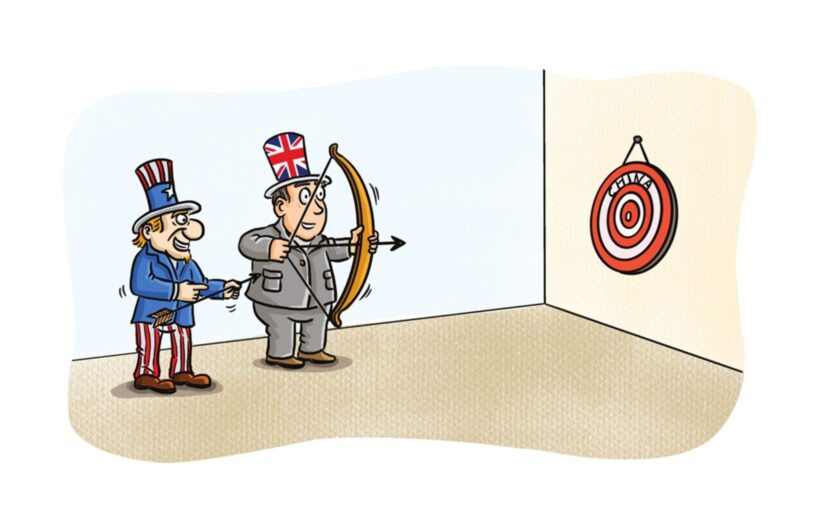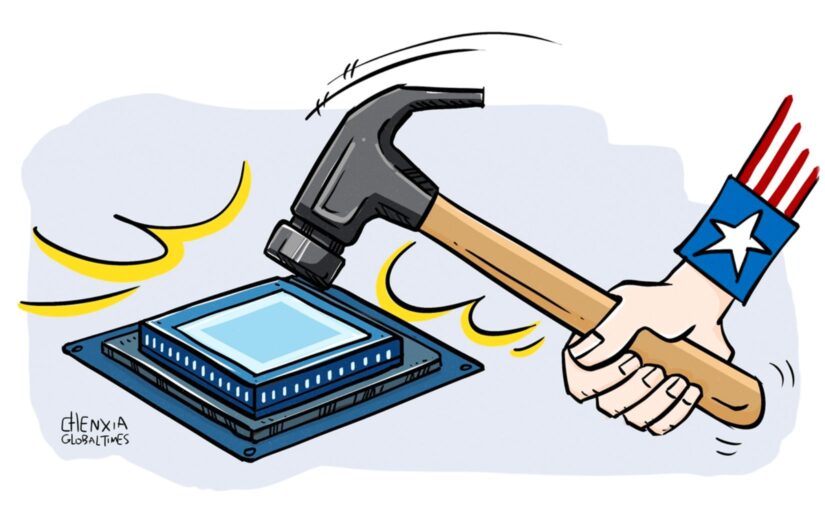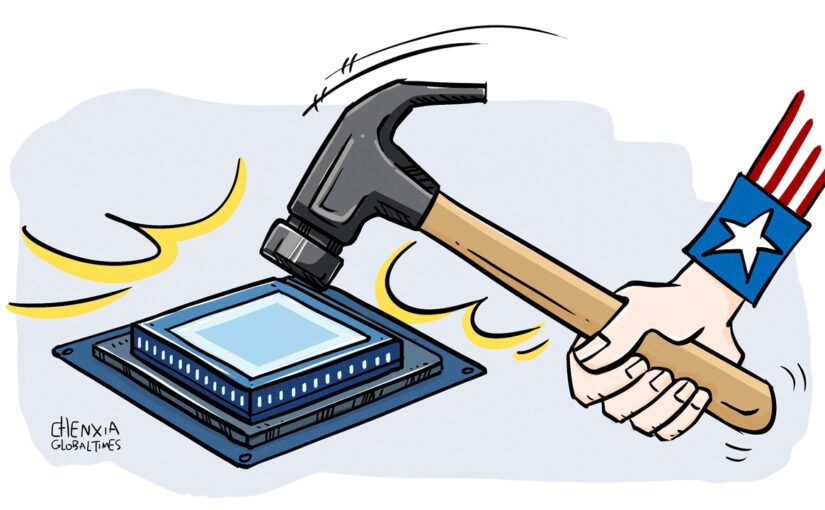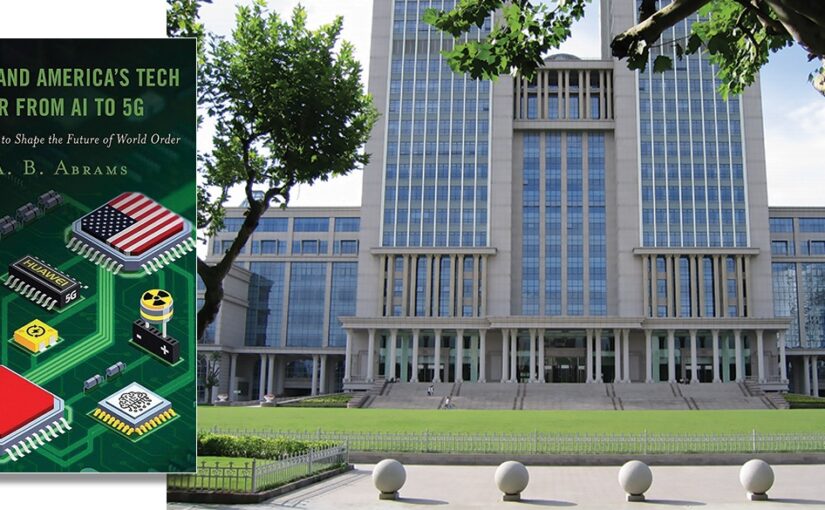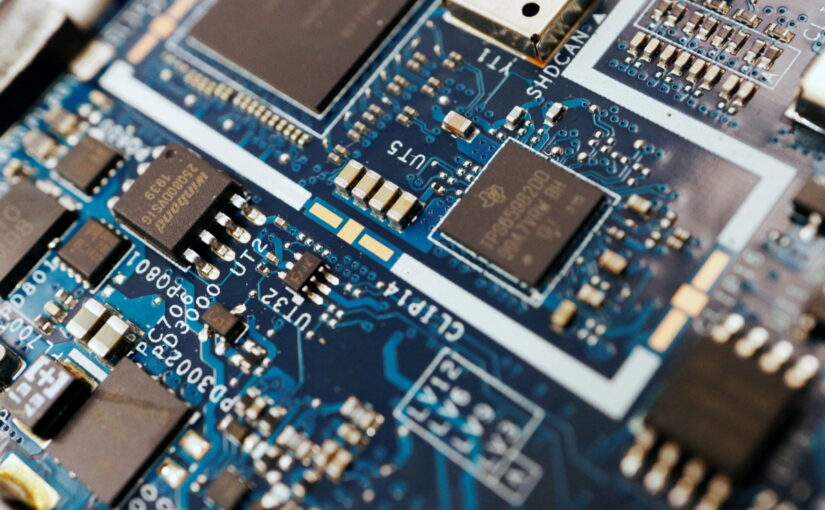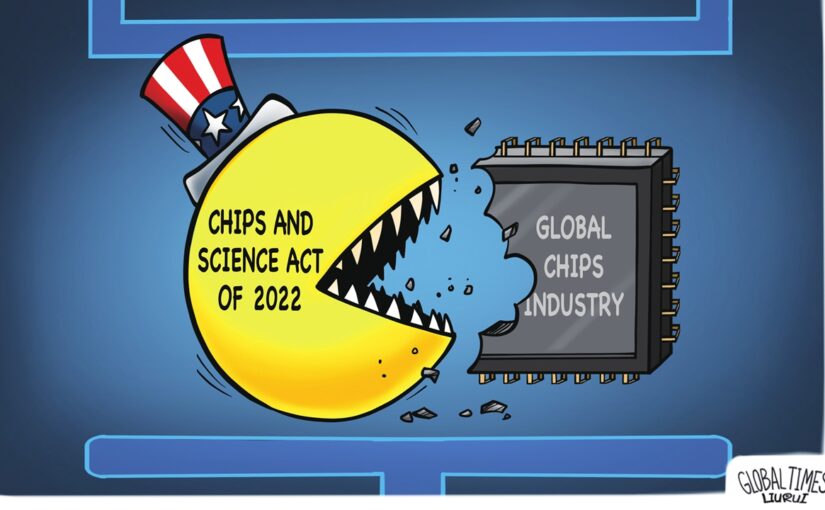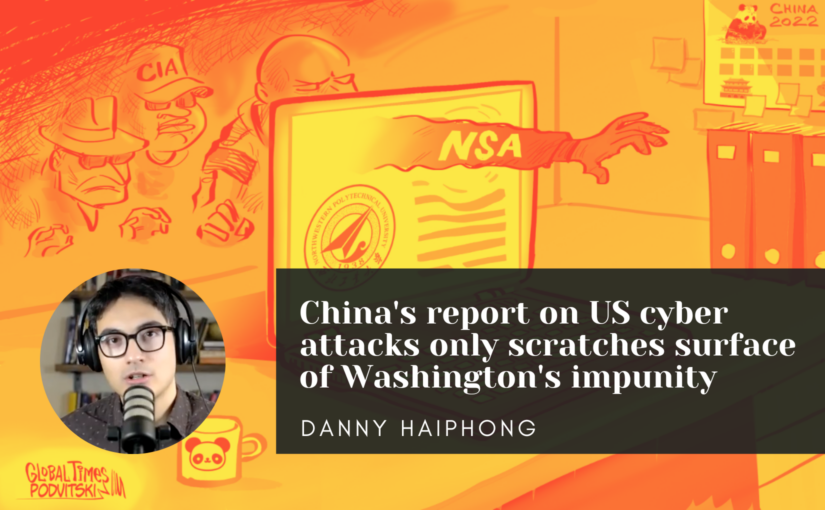On 7 July 2024, the Chinese Permanent Mission to the United Nations office at Geneva, along with several other international organisations, held an event on the theme of “science and technology enabling human rights protection” at the Palais des Nations in Geneva. Nearly a hundred experts from around the world attended.
Ali Al-Assam, representing Friends of Socialist China, contributed to the event at the invitation of the Chinese Association for International Understanding (CAFIU). In his presentation, Ali highlighted the potential benefits and risks of artificial intelligence (AI) for human rights protection, and the importance of international cooperation in the field of AI development. He also introduced China’s practices and approaches in the field of AI development and regulation, and drew attention to the Global AI Governance Initiative proposed by China, which seeks to foster international collaboration on AI development, to ensure that AI technologies respect and promote human rights, and to leverage AI to address global challenges.
Embedded below is a video of Ali’s speech, followed by the detailed notes of his presentation.
The event was reported in the China News Service website.
Thank you for inviting me to this meeting dealing with such a key topic: how to make AI work for the people
I am Ali Al-Assam, member of Friends of Socialist China, and also founder of the tech cooperative NewsSocial, that is engaged now in extensive use of AI for community wealth building and Inter-cooperation for the cooperative movement.
AI and Human Rights: A Double-Edged Sword
Promises of AI
• Generative AI is part of the fourth industrial revolution, synthetic biology mobility and energy
• AI is used in B2B and B2C, fuelling huge demand for wafers and connectivity.
• AI is not like other breaking-ground technology such as the steam engine revolution. It is rather a meta-technology that is driving many other technological revolutions and will change modes of production in fundamental ways.
• Artificial general intelligence (AGI) is the point at which an AI can perform all human cognitive skills better than the smartest humans.
• The human brain is said to contain around 100 billion neurons with 100 trillion connections between them. China’s Alibaba announced that they have reached 30 trillion connections in their AI system, so things are developing very quickly.
• AI has the potential to create new economies and lift millions out of poverty by driving innovation and efficiency. It offers solutions to some of society’s most challenging problems, such as advancements in healthcare and education.
• It can help people, organizations and countries to deliberate in a rational manner and solve problems peacefully. It is capable of rational thoughts.
Risks of AI
• However, AI can also pose risks to human rights, such as enabling aggression and war – one clear example is what’s happening in Gaza, where the Israelis are using AI-powered systems to enable their genocide.
• Ethical concerns include privacy issues and the lack of transparency and accountability in AI systems.
• Expanding the gap between the rich and the poor.
• The main danger of AI is that it is being driven by uncontrolled interests of financial capital in Western countries where extreme wealth for the few is the norm.
China’s Approach
• China is actively developing AI technologies to drive economic growth and societal benefits. According to China’s State Council dated 6 April, ‘China aims to become the world’s major AI innovation center by 2030, with the scale of its AI core industry exceeding 1 trillion yuan (about 140.9 billion U.S. dollars), and the scale of related industries exceeding 10 trillion yuan.”
• In China, these emerging technologies are subjected to far more regulation than in the West.
• According to the MacroPolo thinktank, nearly half of the world’s top AI researchers come from China, up from about 33 percent three years ago, while only around 18 percent come from US.
• The government supports AI innovation through comprehensive policies and strategic frameworks.
• China has also established ethical guidelines to ensure responsible AI development and usage.
• Initiated the Global AI Governance Initiative was announced last year by President Xi Jinping with a view to fostering international collaboration on AI development and promote inclusivity in AI.
Global AI Initiative – AI for the People
• On October 18 2023, the Global AI Governance Initiative was announced at the opening ceremony of the third Belt and Road Forum for International Cooperation. The proposal put forward an open, fair and efficient approach to the development, security and governance of AI, intending to harness the transformative technologies for the benefit of humanity.
Objectives
• The Global AI Governance Initiative aims to foster international collaboration on AI development.
• It seeks to ensure that AI technologies respect and promote human rights.
• The initiative addresses global challenges by leveraging AI innovation.
Implementation
• Implementation involves multilateral agreements and partnerships among various countries.
• Ethical AI standards and regulations are established to guide AI development.
• The initiative promotes inclusive AI development to avoid biases and discrimination.
Conclusion
• Embrace and implement ethical guidelines and international cooperation in AI development.
• Focus on inclusive AI practices to ensure benefits reach all sectors of society.
• Promote the responsible use of AI technologies to uphold and advance human rights.
• Perhaps cooperate to build multi-lingual Humanity Generative AI engine used a global resource for aid with problem solving and peaceful path for humanity development.

